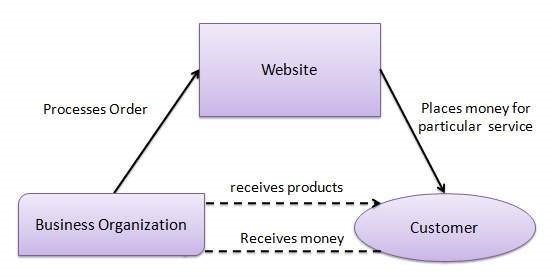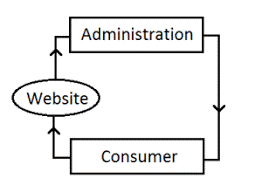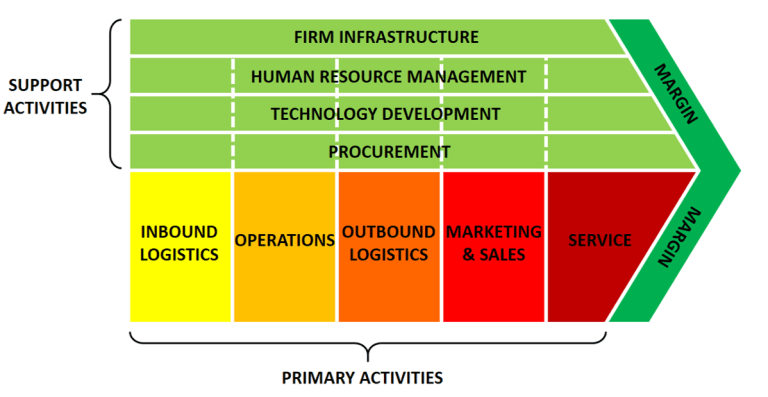Key differences between Traditional Retailing and e-retailing
Traditional Retailing
Traditional retailing refers to the practice of selling products or services through physical stores, such as department stores, specialty shops, and boutiques. It is a long-established method of commerce that has been around for centuries.
In traditional retailing, customers visit a physical store to browse, try on, or examine products before making a purchase. Retailers stock their stores with inventory based on their target audience and demographic, and employ sales associates to assist customers with their shopping experience. This approach allows customers to have a more personalized and interactive experience with the products and the staff.
Traditional retailing advantages:
- Personalized customer service:
Customers can receive personalized assistance from sales associates, who can provide recommendations, answer questions, and address concerns.
- Tangible experience:
Customers can see, touch, and try on products before making a purchase, allowing them to make a more informed decision.
- Social experience:
Shopping in physical stores can be a social experience, allowing customers to shop with friends or family and enjoy the atmosphere of the store.
- Immediate gratification:
Customers can take the products home with them immediately, rather than having to wait for shipping.
- Brand recognition:
Physical stores can help build brand recognition and loyalty through visual merchandising and customer service.
Traditional Retailing Disadvantages:
- Limited geographic reach:
Physical stores are limited to their local customer base and may not be accessible to customers in other locations.
- Limited operating hours:
Physical stores have fixed operating hours, which may not be convenient for all customers.
- Higher overhead costs:
Physical stores require high overhead costs, such as rent, utilities, and staffing.
- Limited product range:
Physical stores have limited space for inventory and product display, which may restrict the range of products available for customers.
- Competition from e-retailers:
With the rise of e-commerce, traditional retailers face increasing competition from online retailers, who offer convenience and accessibility to customers.
E-Retailing
E-retailing, also known as online retailing or e-commerce, refers to the practice of selling products or services through digital channels, such as websites, mobile apps, social media platforms, or marketplaces. It is a rapidly growing method of commerce that has revolutionized the way people shop.
In e-retailing, customers can browse, select, and purchase products or services online using a computer or mobile device. E-retailers typically maintain an online store where customers can view product information, images, and reviews, and make a purchase using a secure payment system. E-retailers can also leverage technology to offer personalized recommendations, optimize the shopping experience, and provide fast and reliable shipping.
E-retailing Advantages:
- Convenience and accessibility:
Customers can shop from anywhere and at any time, making it more convenient and accessible for busy or remote customers.
- Wide range of products and brands:
E-retailers can offer a wider range of products and brands than physical stores, as they are not limited by physical space.
- Price comparison:
E-retailers can offer price comparison options, allowing customers to easily compare prices across different products and retailers.
- Lower overhead costs:
E-retailing requires lower overhead costs than traditional retailing, as there is no need for physical stores or high staffing levels.
- Global reach:
E-retailers can reach a global customer base, allowing businesses to expand their reach beyond their local area.
e-Retailing Disadvantages:
- Lack of tangible experience:
Customers cannot touch, try on, or examine products before making a purchase, which may lead to uncertainty or dissatisfaction.
- Delayed gratification:
Customers have to wait for shipping or delivery, which may take longer than the immediate gratification of buying in-store.
- Potential for fraud:
E-retailing is susceptible to fraud and security breaches, as sensitive information such as credit card details may be vulnerable to theft.
- Competition from other e-retailers:
With the rise of e-commerce, the competition between e-retailers has intensified, making it challenging for businesses to differentiate themselves.
- Technical issues:
E-retailing relies heavily on technology, which can lead to technical issues such as website crashes or payment processing errors.
Key differences between Traditional Retailing and e-retailing:
- Physical presence:
Traditional retailing requires a physical store presence, while e-retailing can be done entirely online.
- Overhead costs:
Traditional retailing involves high overhead costs, such as rent, utilities, and staffing, while e-retailing requires fewer overhead costs.
- Customer experience:
Traditional retailing offers a more personal and interactive customer experience, while e-retailing provides convenience and accessibility.
- Product range:
E-retailing offers a wider range of products and brands, while traditional retailing has limited space for inventory and product display.
- Geographic reach:
E-retailing allows businesses to reach a global customer base, while traditional retailing is limited to the local customer base.
| Comparison | Traditional Retailing | E-Retailing |
| Physical Presence | Requires a physical store presence | Can be done entirely online |
| Overhead Costs | Involves high overhead costs, such as rent, utilities, and staffing | Requires fewer overhead costs |
| Customer Experience | Offers a more personal and interactive customer experience | Provides convenience and accessibility |
| Product Range | Has limited space for inventory and product display | Offers a wider range of products and brands |
| Geographic Reach | Is limited to the local customer base | Allows businesses to reach a global customer base |









